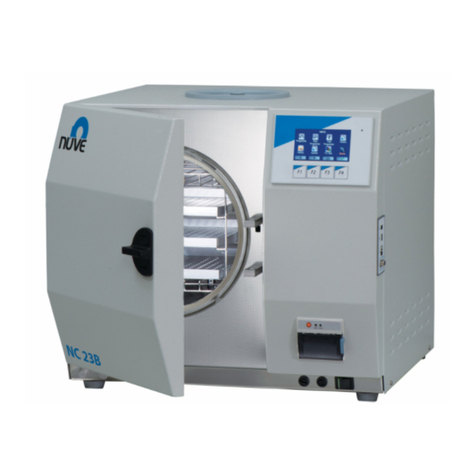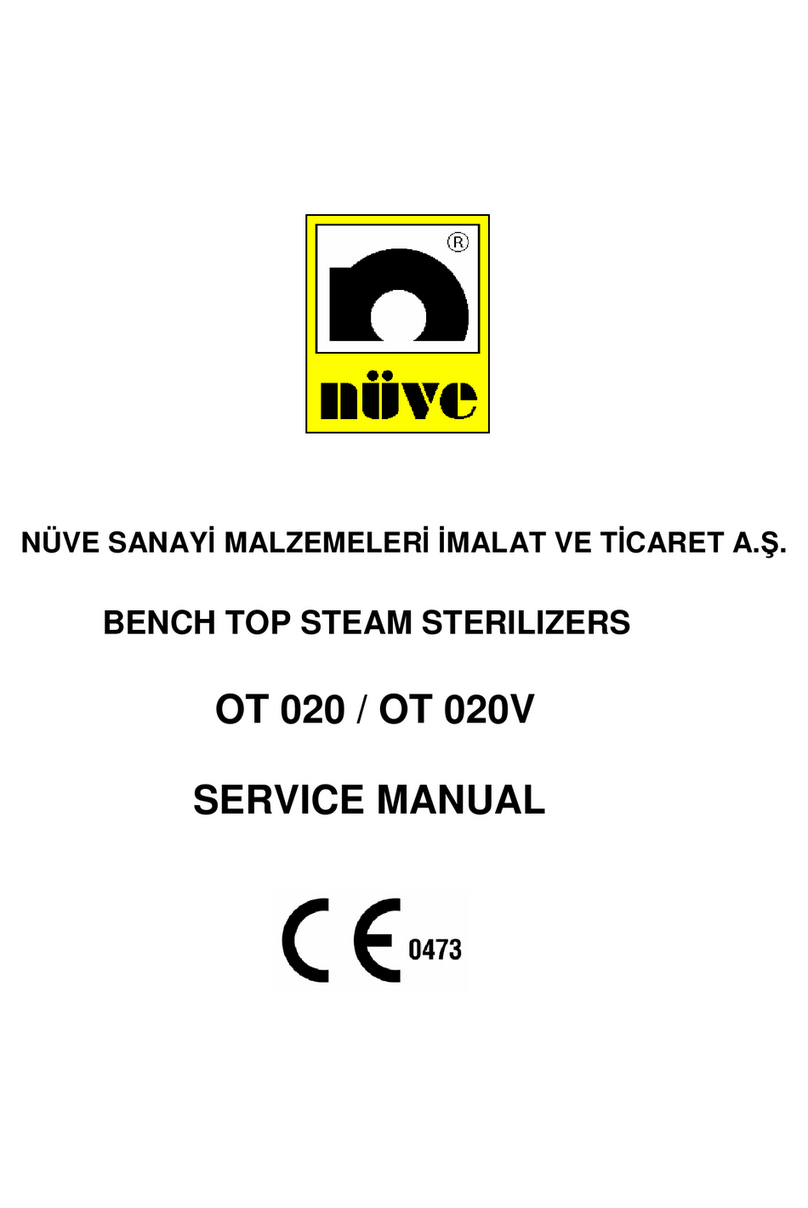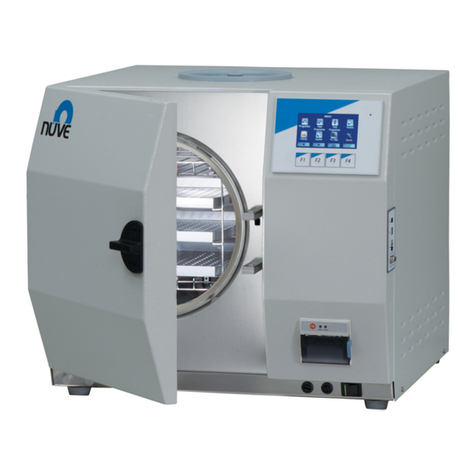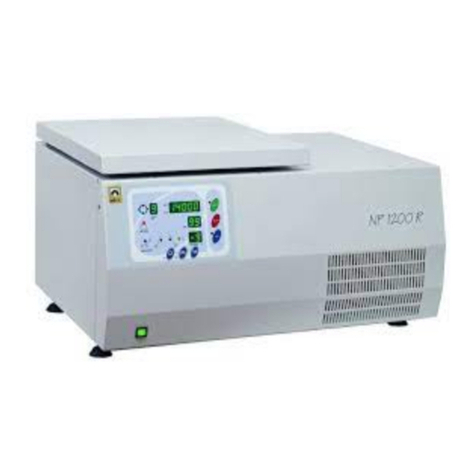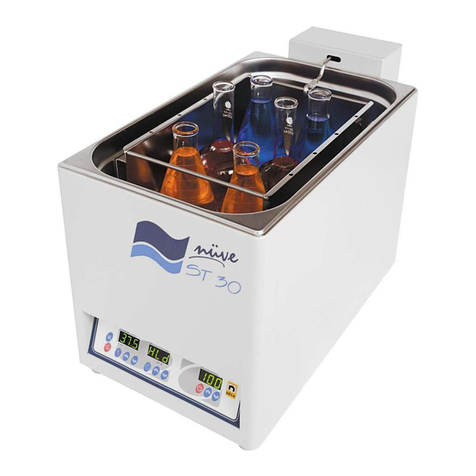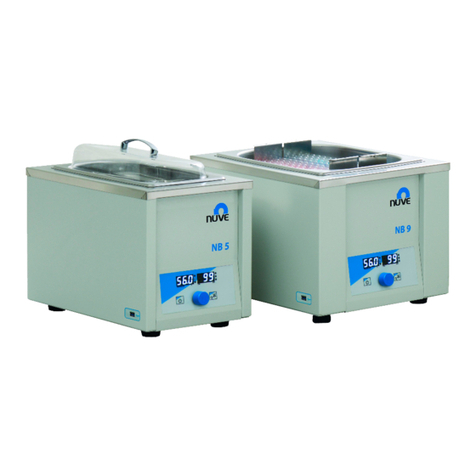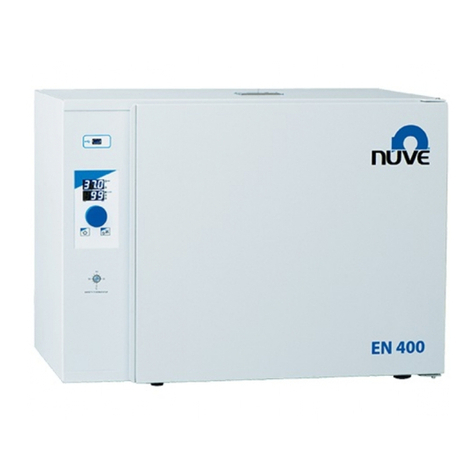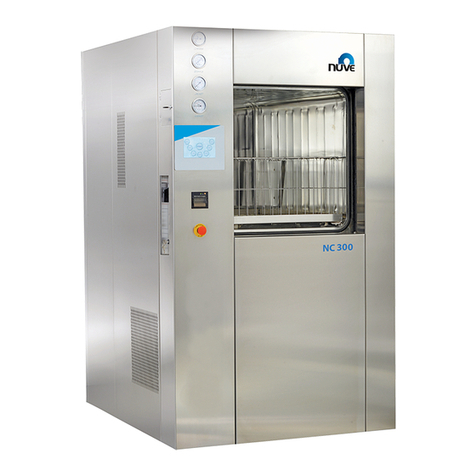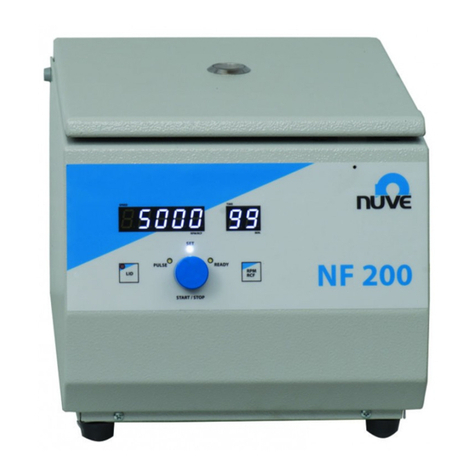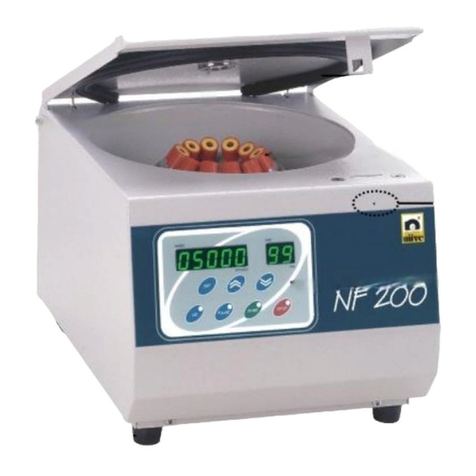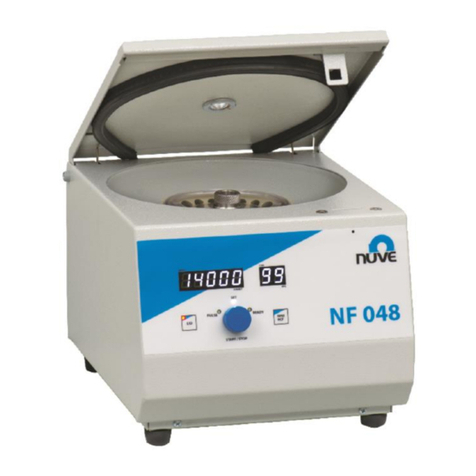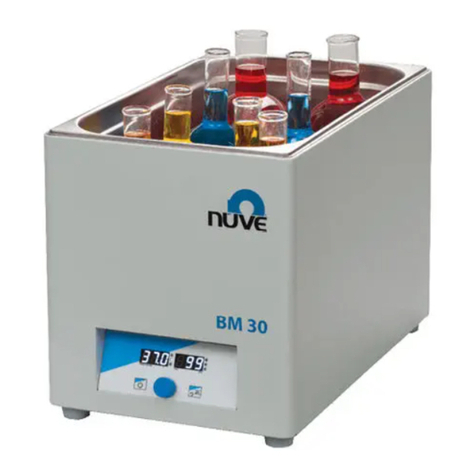
3
TABLE OF CONTENTS
SECTION 1 - INTRODUCTION ...................................................................................................... 4
1.1 USE AND FUNCTION........................................................................................................ 4
SECTION 2 - TECHNICAL SPECIFICATIONS .............................................................................. 5
2.1 TECHICAL SPECIFICATIONS TABLE............................................................................... 5
2.2 ACCESSORIES FOR NF 048 ............................................................................................ 5
2.3 GENERAL PRESENTATION............................................................................................. 6
2.4 PRECAUTIONS AND USAGE LIMITATIONS .................................................................... 6
SECTION 3 - SYMBOLS................................................................................................................ 7
SECTION 4 - INSTALLATION PROSEDURE ............................................................................... 7
4.1 LIFTING AND TRANSPORT.............................................................................................. 7
4.2 UNPACKING ..................................................................................................................... 7
4.3 POSITIONING................................................................................................................... 8
4.4 MAINS SUPPLY ................................................................................................................ 8
SECTION 5 - OPERATING PRINCIPLES ...................................................................................... 9
5.1 CONTROL PANEL............................................................................................................. 9
SECTION 6 - OPERATING PRINCIPLES.................................................................................... 10
6.1 LOADING ........................................................................................................................ 10
6.2 PROGRAMMING............................................................................................................. 11
6.3 MANUAL LID OPENING.................................................................................................. 11
SECTION 7 - PERIODIC MAINTENANCE, CLEANING AND STERILIZATION.......................... 11
7.1 PERIODIC MAINTENANCE............................................................................................. 12
7.2 CLEANING...................................................................................................................... 12
7.3 STERILIZATION.............................................................................................................. 13
SECTION 8 - DISPOSAL MANAGEMENT CONCEPT................................................................. 13
SECTION 9 - TROUBLESHOOTING............................................................................................ 13
SECTION 10 - ELECTRICAL CIRCUIT DIAGRAM...................................................................... 15
10.1 NF 048 ELECTRICAL CIRCUIT DIAGRAM...................................................................... 15
SECTION 11 - WARNING LABEL ............................................................................................... 16






